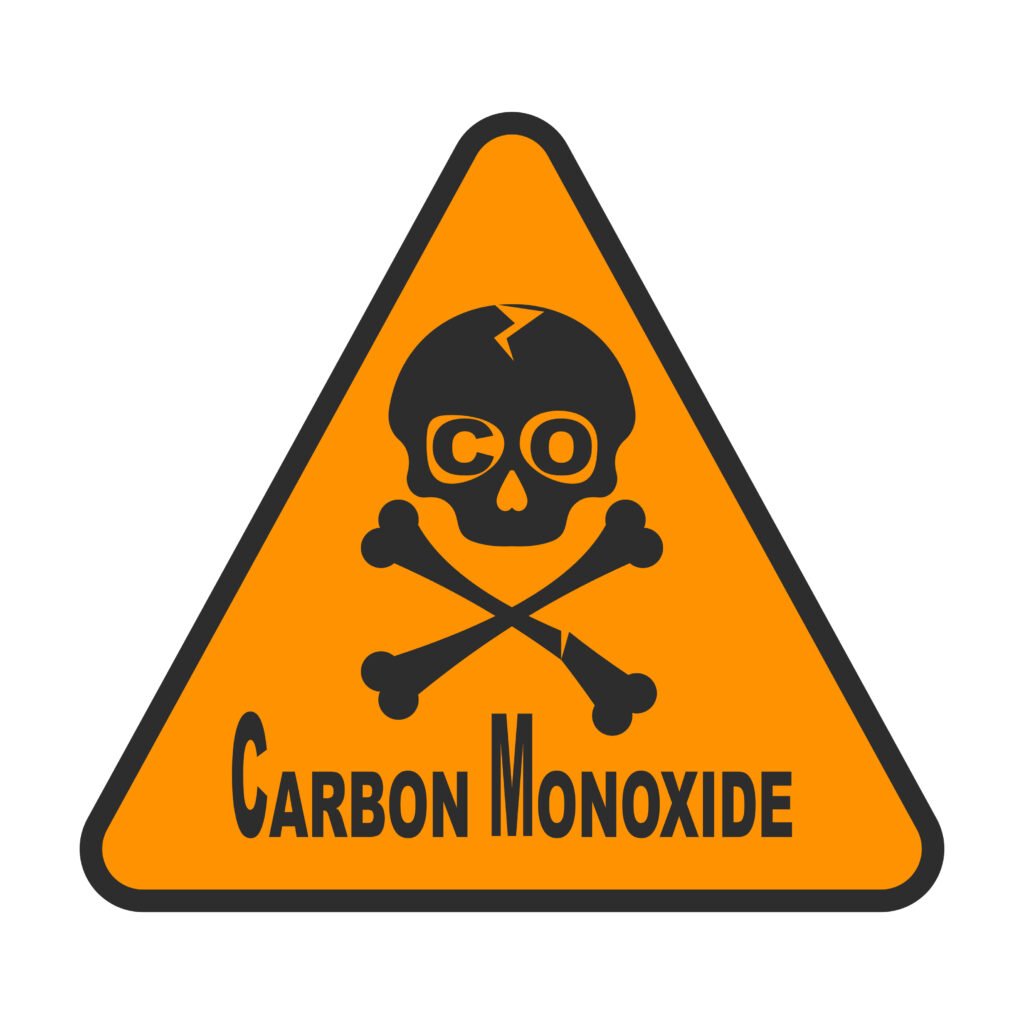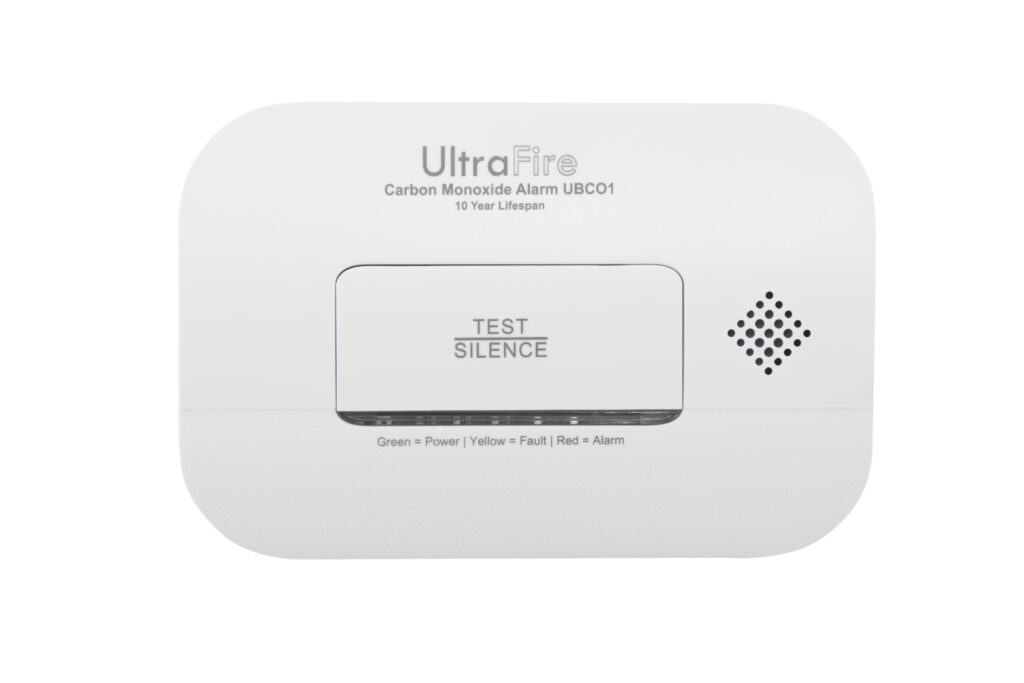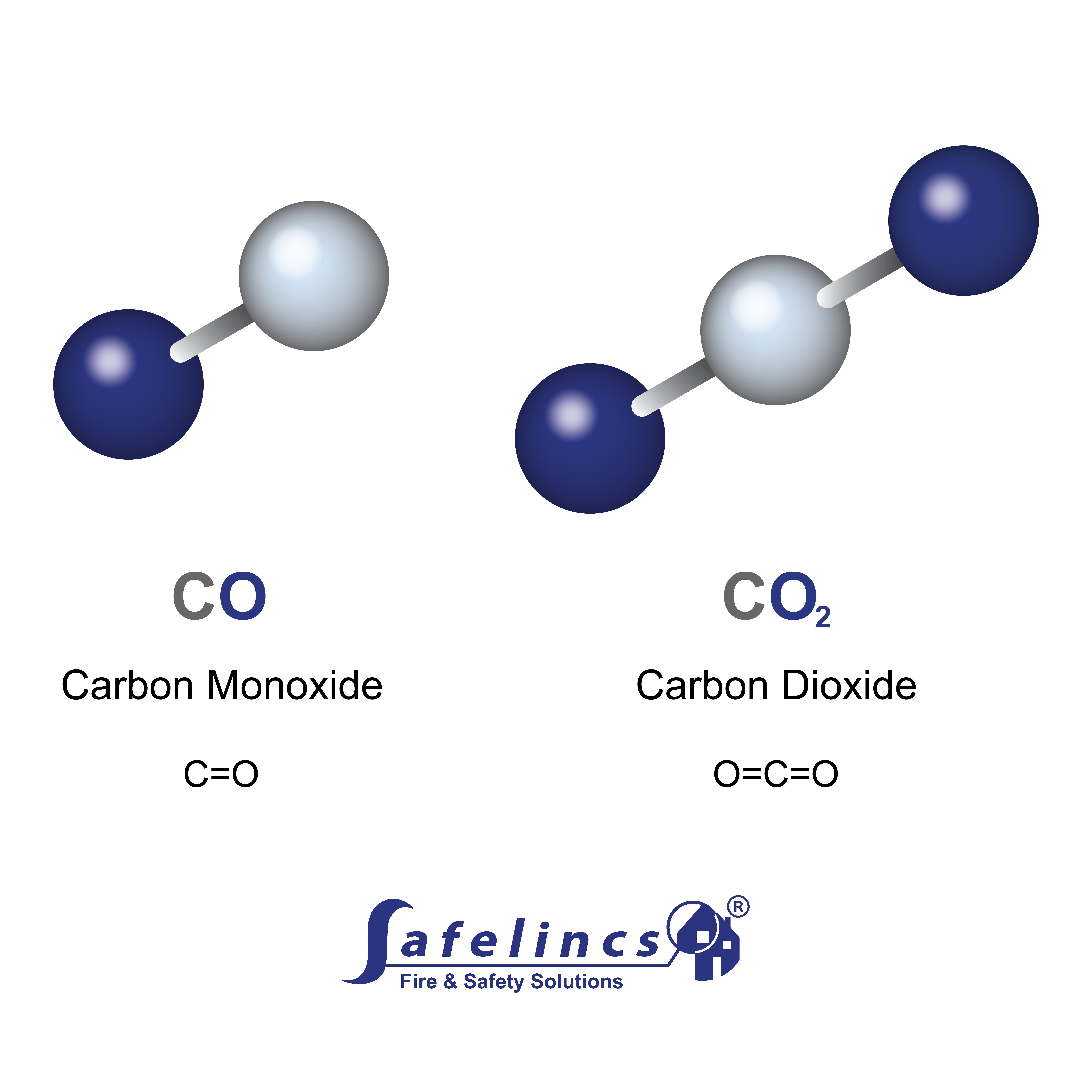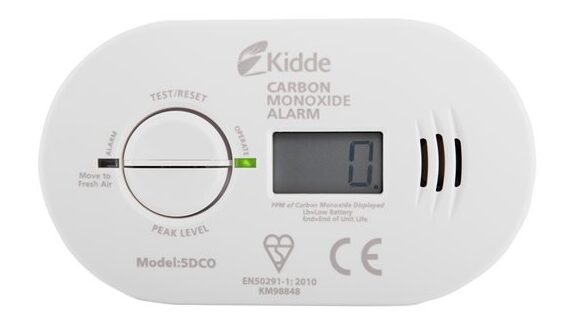Wednesday 19th June 2024
Carbon monoxide, or CO, is a deadly gas released by fuel burning appliances, as a result of incomplete combustion. The dangers of carbon monoxide are caused by its structure, which is similar to oxygen. Because of this, CO can bind to red blood cells, which stops them from being able to deliver oxygen to organs. The gas has no colour, smell, or taste, making it impossible to detect without a carbon monoxide alarm.

What are the dangers of carbon monoxide?
Carbon monoxide is a risk even at very low levels. It is dangerous because it binds to haemoglobin of red blood cells where oxygen should bind, and becomes stuck there. As a result, the amount of oxygen that can be carried by the red blood cells is reduced. Carbon monoxide therefore starves the organs of oxygen, causing them to shut down.
Symptoms can start as headaches, nausea, dizziness and tiredness. If ignored, this can progress to stomach pains, breathlessness, and collapse as the body’s organs shut down; CO poisoning can be fatal. Read more information on the symptoms of carbon monoxide poisoning.
Dangers of CO at low vs high levels
Exposure to low levels of CO can have subtle symptoms, which can easily be dismissed as sickness from a virus. Victims may feel drowsy and unwell when inside a building with a CO leak, but feel better when they leave. Over a period of days or weeks, this can have long term effects as the body’s organs, starved of oxygen, become damaged. This is why it is essential to install carbon monoxide detectors in any buildings with fuel burning appliances.
The dangers of CO at high levels are considerably elevated, and in extreme cases, include death. Symptoms will be harder to ignore, but due to the risk of confusion and collapse, it may not be possible to get to safety.

Combatting the dangers of carbon monoxide
You should ensure that all your appliances, such as cookers, fires, and boilers are serviced every year. If you live in a rented home, this is the responsibility of your landlord, and is a legal requirement. Ask to see the annual certificates or reports if you can’t see an in-date sticker on the appliance. If your landlord can’t produce them, insist that the service is carried out again.
Further to this, in between the annual service or checks, be aware of signs that the appliance isn’t working properly. This may include soot marks around the appliance, excessive condensation in the room, or a lazy yellow or orange coloured flame in your boiler instead of a bright blue one. If you notice any of these signs, arrange for an engineer to check it immediately.
The best way to combat the dangers of CO is to install a carbon monoxide alarm. This will alert you to the danger even at low levels, before symptoms begin, and before long-term damage can be done to your body.
Do you need a CO detector if you don’t have any fuel burning appliances?
Yes, it is recommended that even if you don’t have any fuel appliances in your home, you have at least one CO detector fitted. Carbon monoxide can seep through walls and as such you are at risk of CO poisoning from your neighbour.
Buy a carbon monoxide detector for your home and test it regularly to protect your household from this dangerous gas. For more information, read about what to do if your CO alarm goes off. Alternatively, contact our friendly customer service team for advice about the best alarm for you on 0800 612 6537, or email support@safelincs.co.uk.


